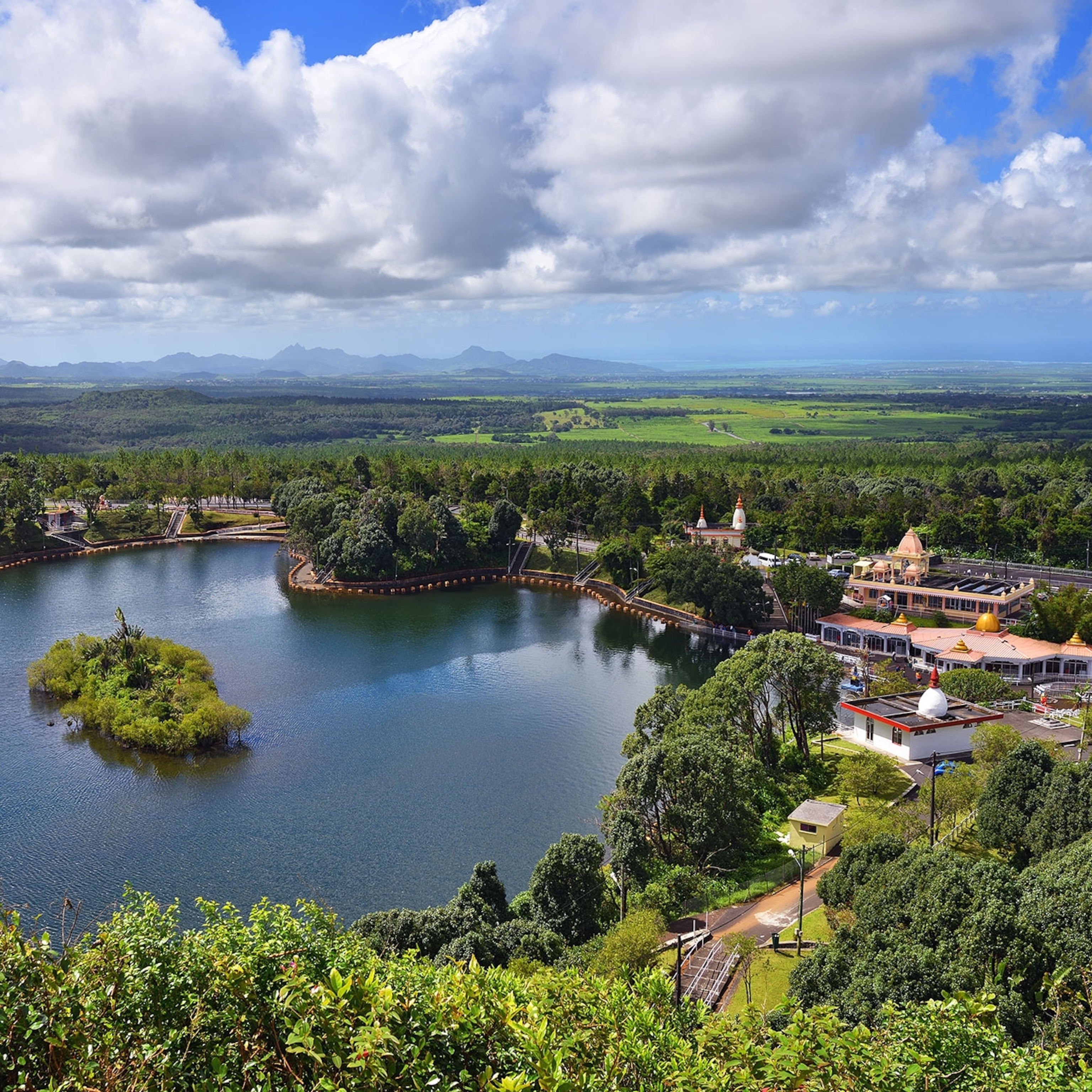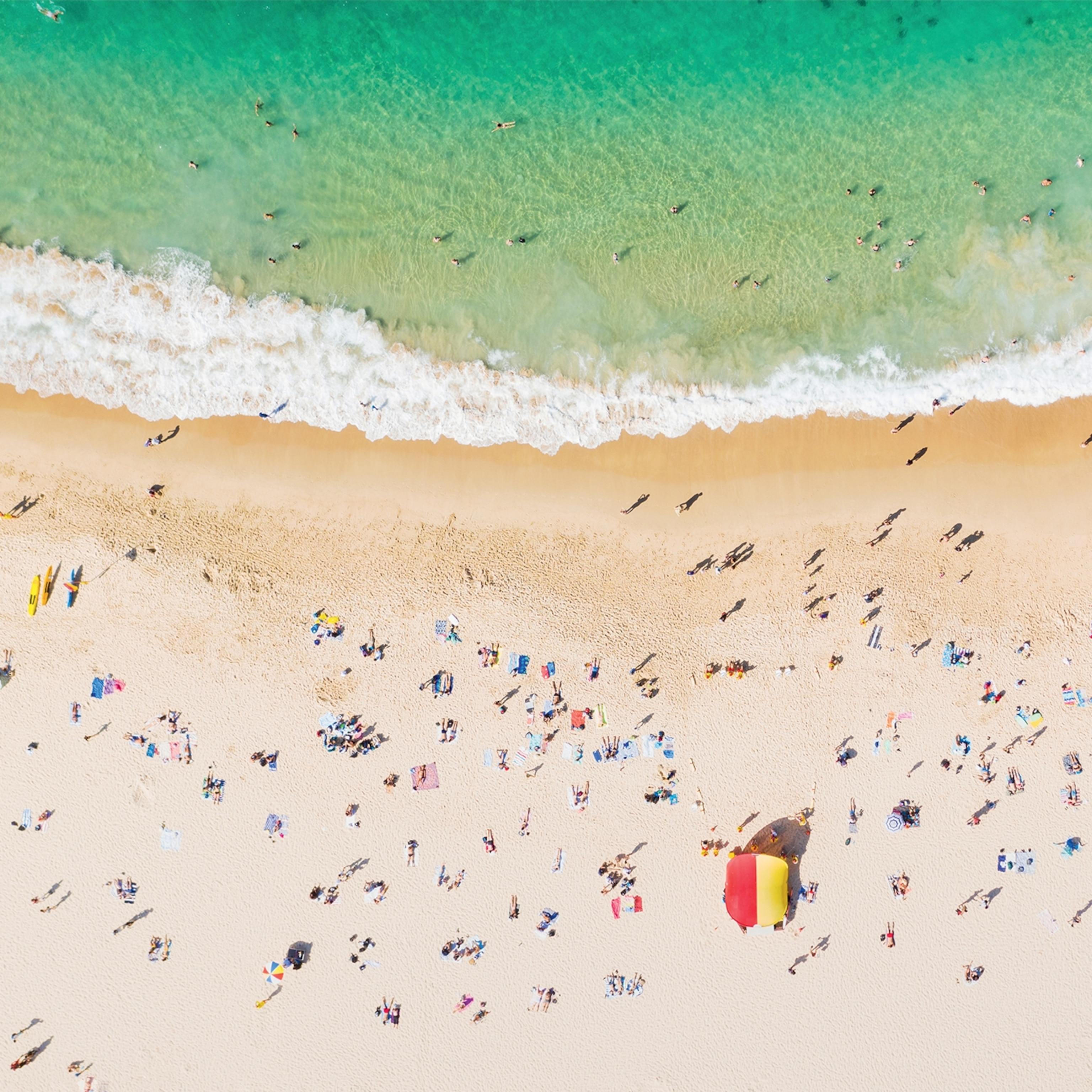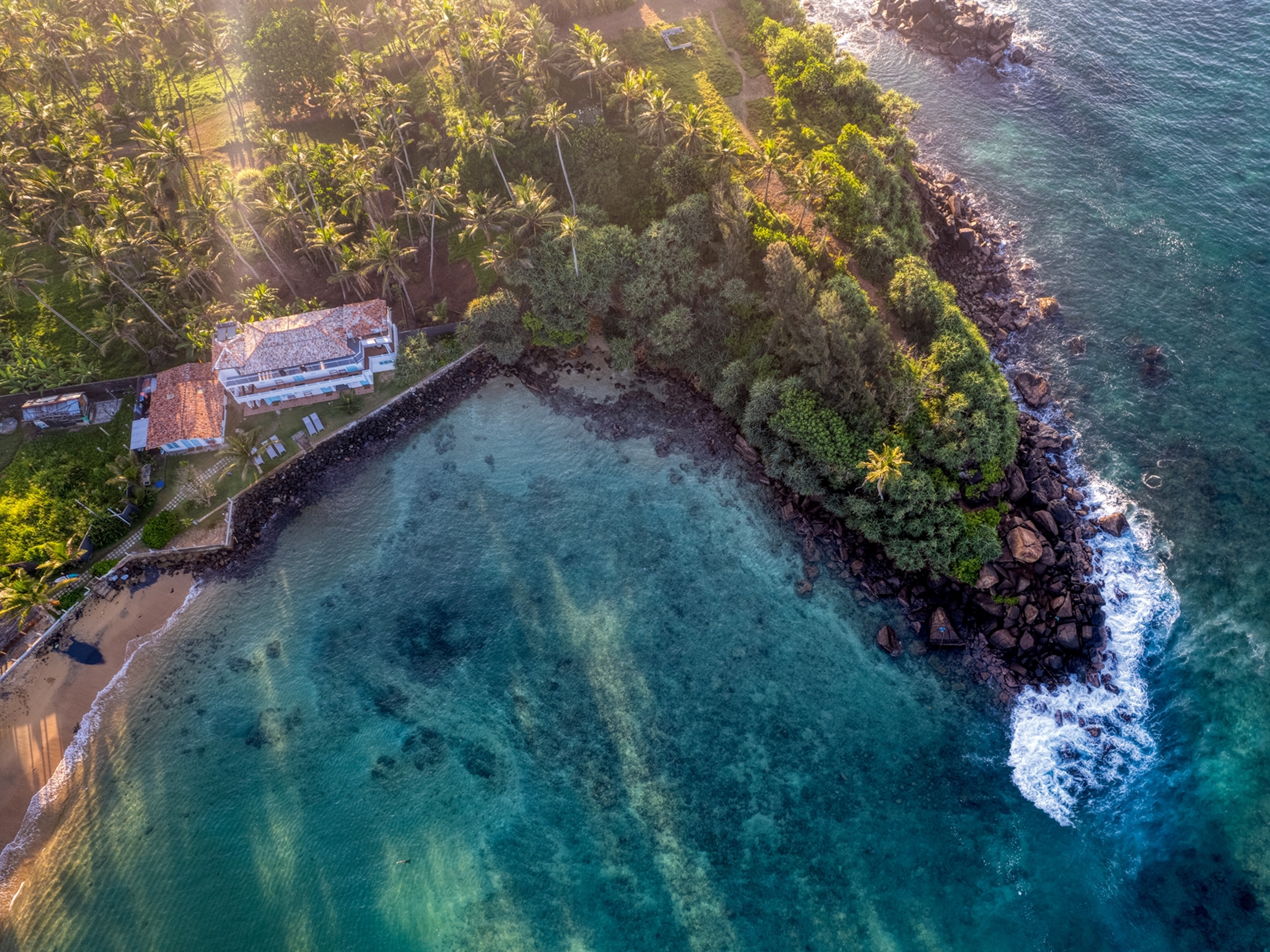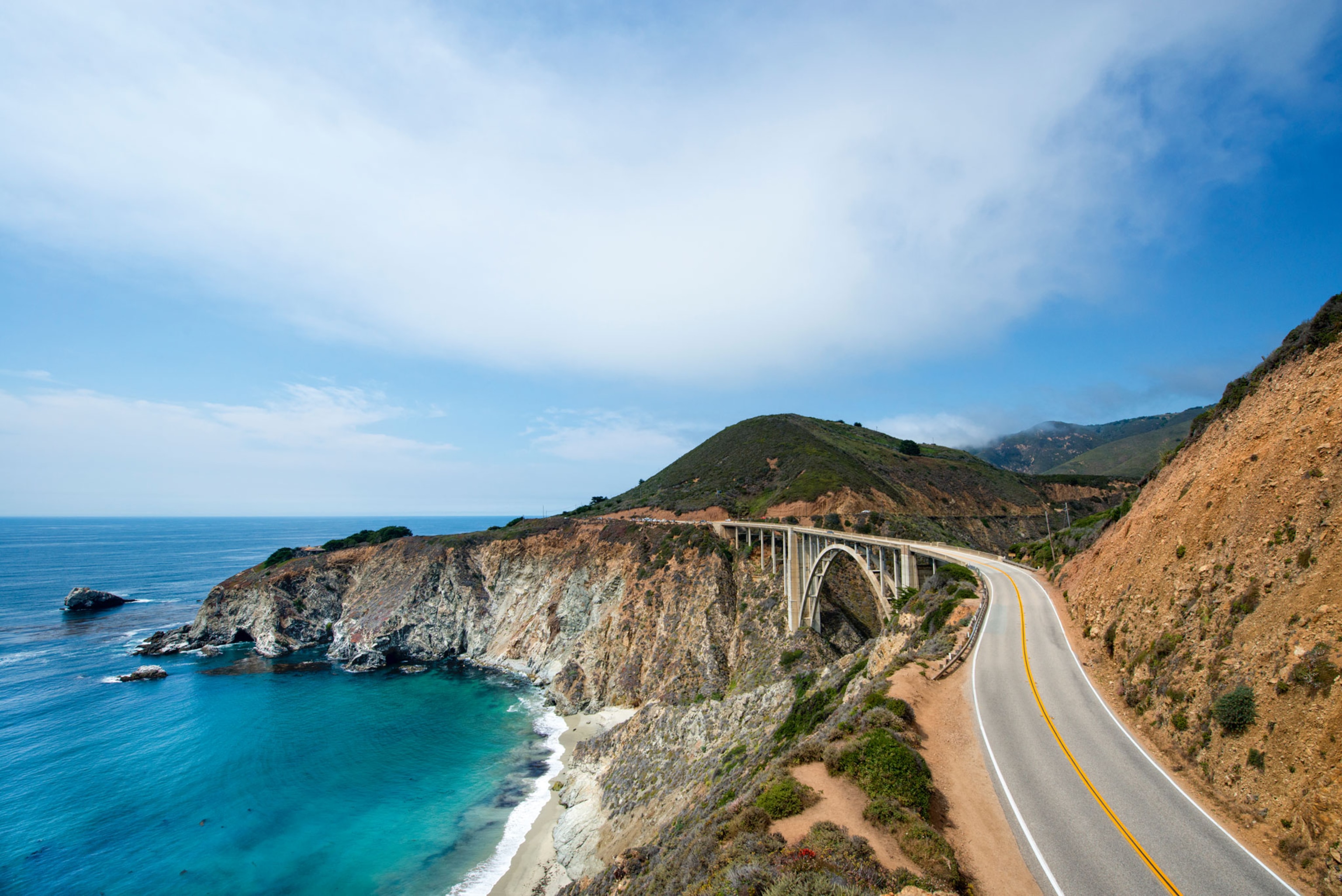
Beyond the beaches: five adventure experiences in the Philippines
Although famous for its exceptional white-sand beaches and crystalline waters, the archipelago has many unique experiences waiting to be discovered beyond the shore.
The Philippines is renowned for two things worldwide. First, its warm, friendly locals and wealth of culture. And second, its beaches. Comprised of 7,641 islands, the Philippine archipelago boasts some of the world’s most beautiful coastlines: think long stretches of powdery white sand, impossibly clear water and lush mangroves that open to coral coves bursting with shimmering jewel-toned fish.
It's unsurprising that five of its islands — Bohol, Cebu, Siargao, Palawan and Boracay — consistently top the world’s lists of prime resort destinations. Here, you can beyond the tide, venture off the beaten path and experience unique adventures such as exploring hidden cave pools or taking a firefly safari while night kayaking.

1. Cebu
Take a river cruise through mangroves with local fisherman
Dubbed ‘The Queen City of the South’, the namesake capital of Cebu Island, Cebu City, is the country’s oldest city and remains a vibrant, creative, economic and industrial hub. Offering a unique combination of an active international airport, a dynamic urban experience, pristine beaches and exceptional dive sites like Moalboal, Cebu is an effortless seaside escape. Approximately two hours from Cebu is the town of Aloguisan, the starting point for the award-winning Bojo River Cruise and Eco-Cultural Tour. Operated entirely by the villagers, the tour gives travellers a unique opportunity to explore nature while learning about the community’s stories and folklore. Chartreuse nipa palm (a species of native mangrove palm) frame a snaking bamboo boardwalk that leads to the jetty where outrigger boats manned by local fishermen await. Punt slowly down the Bojo River as your guide points out exotic, indigenous bird species in the thriving mangrove forest. He may also encourage you to speak in hushed tones so as not to disturb the local mythical creatures that inhabit the river.
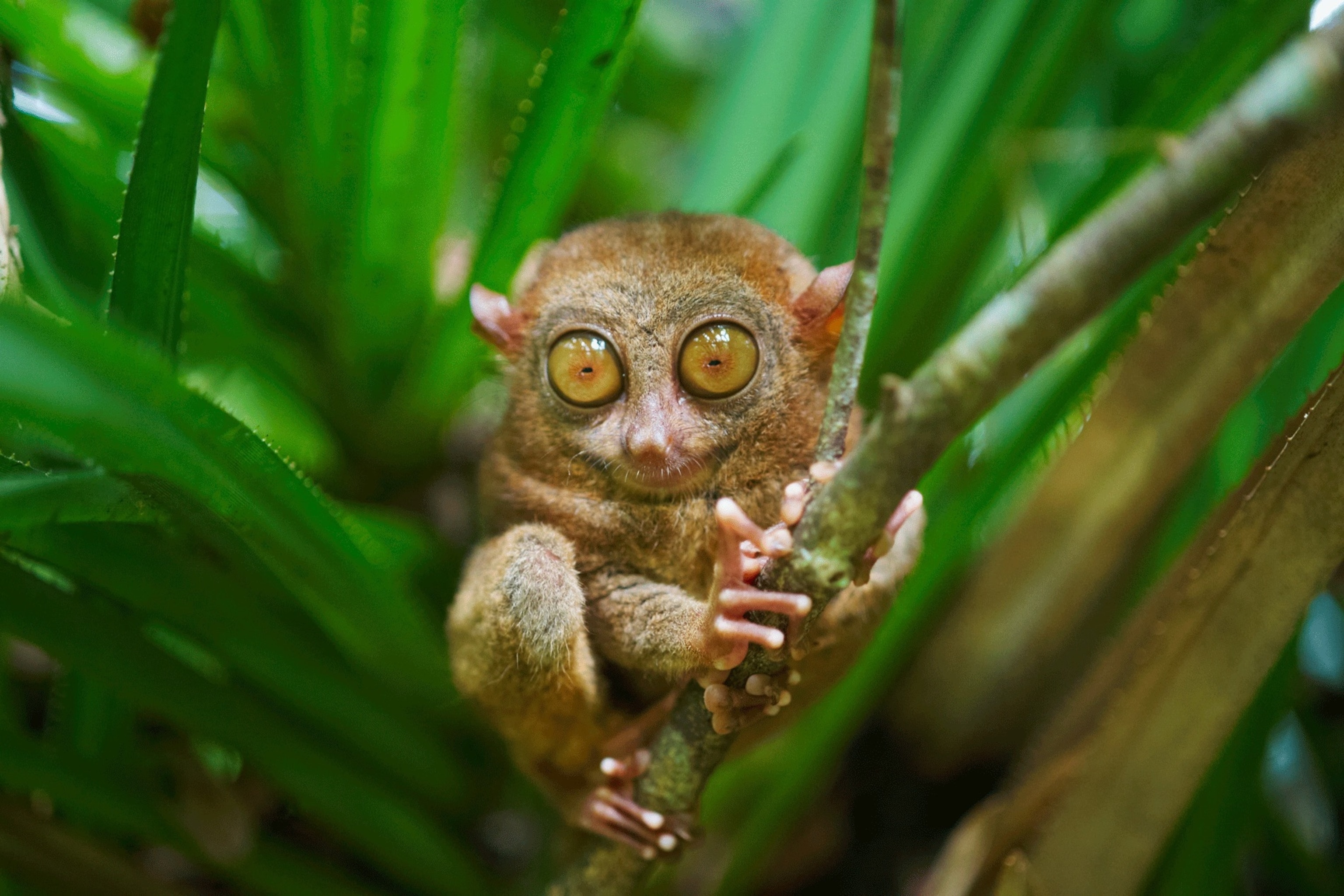
2. Bohol
Watch fireflies on a night-kayaking tour
With its beautiful beaches, adjacent dive sites, heritage buildings set against verdant rice paddies, the adorable tarsier and the rolling Chocolate Hills, the island province of Bohol is a true microcosm of the Philippines. Easily accessible via the Panglao International Airport, this is one of the country’s most popular destinations. Bohol is also home to enchanting rivers populated with endemic fauna. For those seeking a truly memorable experience, take a drive towards the town of Maribojoc for a night-kayaking and firefly-watching tour among the luxuriant mangrove forests. Slink your way through the silky, inky waters of the Abatan River at dusk, where you can watch the rosy hues of the sky fade into blue and find yourself surrounded by thousands of twinkling fireflies. Take this magical experience further by driving south east of the main island to Anda and journey to the mystical Lamanoc Island where local shamans still perform sacred rituals to honour the island’s spirits.
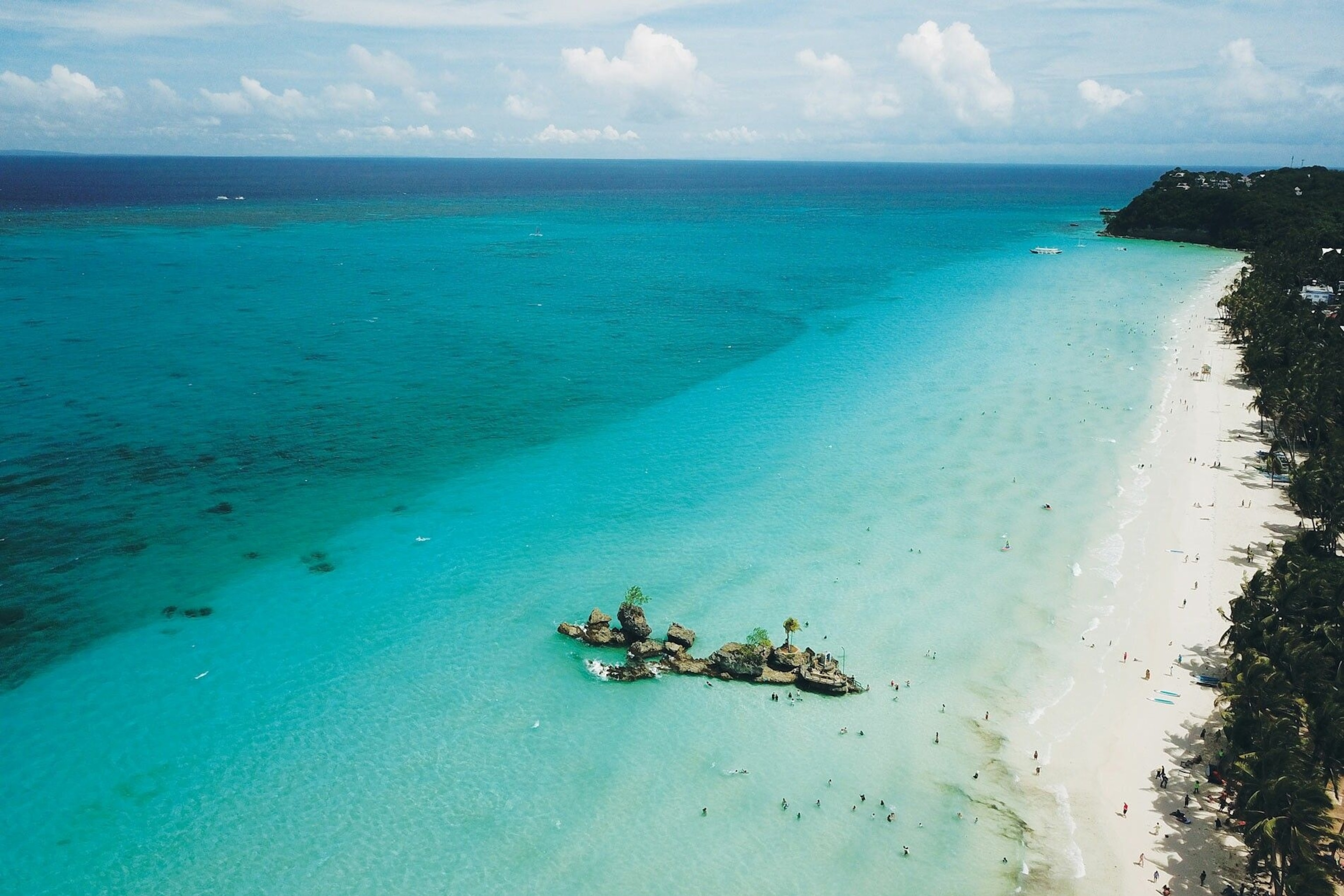
3. Boracay
Taste local delicacies
Boracay’s 2.4-mile White Beach is famous for its ultra-fine, flour-like sand and spectacular sunsets that wash the entire horizon in fiery ochre. As a result, the entire stretch is lined with resorts, bars and restaurants catering to all types of travellers looking for a cocktail at sundown. Further afield, the neighbouring regions are known for their more local cuisine. Once on the mainland, drive two hours to the city of Kalibo to try Aklanon delicacies such as binakoe — a tangy, fragrant chicken and lemongrass broth cooked in a bamboo node, or linapay — a dish of pounded freshwater shrimp and young coconut meat wrapped in taro leaves and cooked in coconut milk and chillies. If you decide to extend you holiday, try to visit the cities of Iloilo and Bacolod, where you can sample flavourful Ilonggo and Negrense cuisine.
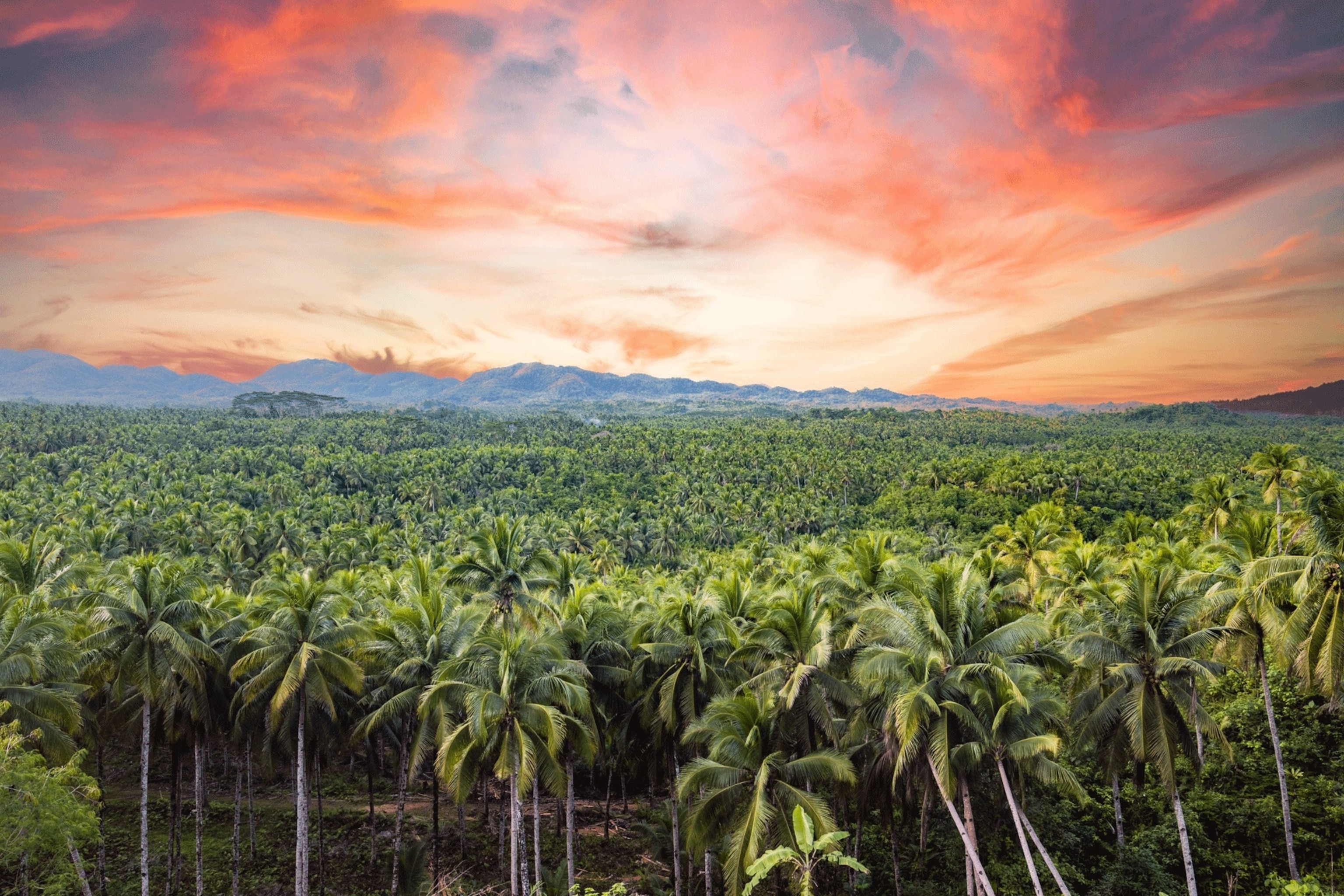
4. Siargao
Explore the caves, lagoons and palm-tree rope swings via a Jeepney tour
Sun, sea and surf best sum up the charming island of Siargao. This surfing outpost has made waves in the recent years thanks to its iconic surf break: Cloud 9. The laidback town of General Luna has a palpable bohemian vibe with its rustic cafes, fun dive bars and eco-friendly seaside resorts. The outlandish and colourful Jeepney, a modified vestige of the Second World War, is the quintessential Filipino mode of transportation. Ride on top of one as you explore Siargao’s hidden gems and allow the warm coastal breeze to gently kiss your skin as you travel through palm-lined inland roads. Swing on a rope perched on a distinctively bent palm tree and drop in for a float along Maasin Enchanted River. Take a dip in one of the shimmering rockpools that form at Magpupungko Beach during low tide. And for the more adventurous, travel deep into Tayangban Cave, where, surrounded by stalactites, you can wade through waist-deep waters in darkness, until you reach a light-filled opening and a stunning emerald cenote. If time permits, take a boat ride to explore the crystalline waters of Sugba Lagoon or venture further to Bucas Grandes island to see Sohoton Cove and take a dip in a lagoon of stingless jellyfish.
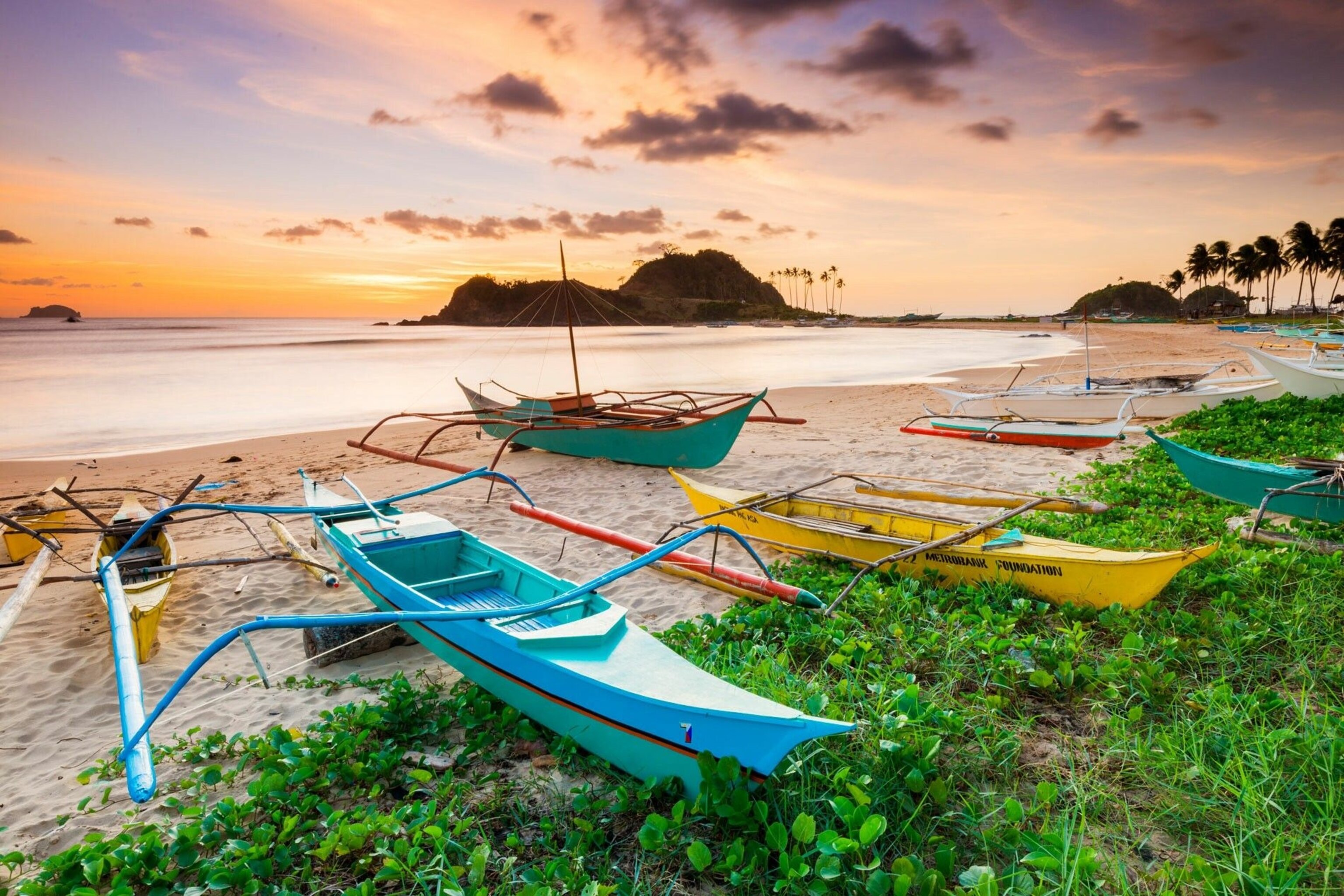
5. Palawan
Go glamping on Nacpan beach
There’s only one word that comes to mind when people think of Palawan: paradise. The province is comprised of one main island and more than 1,700 other islands and islets, with limestone rock formations that plummet into turquoise crystalline waters, hidden white-sand coves with secret lagoons, and several isolated lush islands teeming with wildlife. It comes as no surprise that Palawan houses some of the country’s most exclusive and luxurious resorts. Try glamping on Nacpan Beach, just 13 miles north of El Nido town. Featuring a 2.4-mile stretch of ivory sand, Nacpan beach is more isolated and much calmer than some of the more famous coastal sites. Feel in awe of the endless indigo night sky freckled with stars and sleep soundly in well-appointed canvas yurts as you allow 300 gently swaying palm trees and the peaceful whoosh of the waves whisk you off to dreamland.
Plan your trip
There are multiple daily flights from the UK that only have one stopover, making the Philippines very accessible. Consider spending a night in the capital, Manila, before transiting onward to the islands. Certain airlines may fly into Bohol, Cebu or Boracay directly. For more information, visit itsmorefuninthephilippines.co.uk
Follow National Geographic Traveller (UK) on social media
Twitter | Facebook | Instagram
